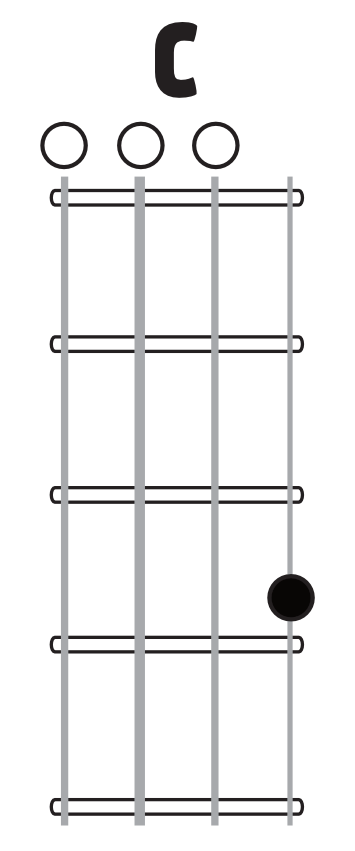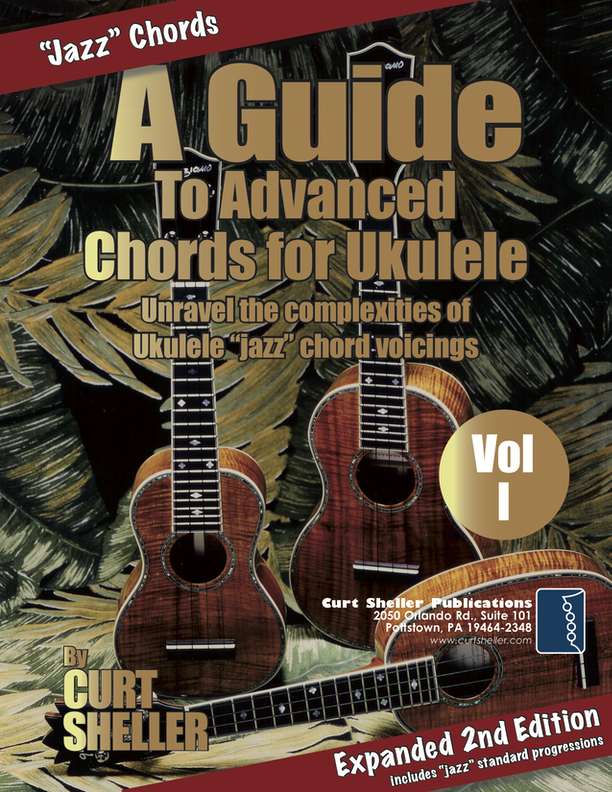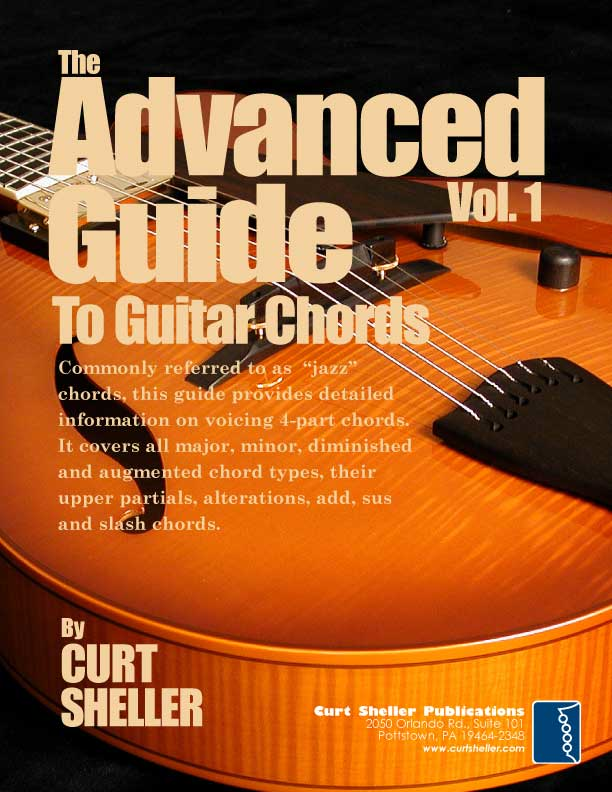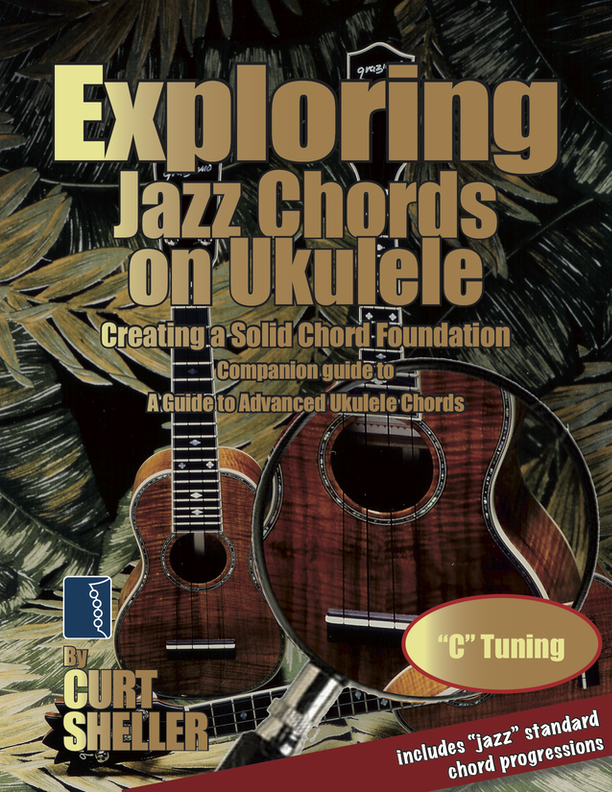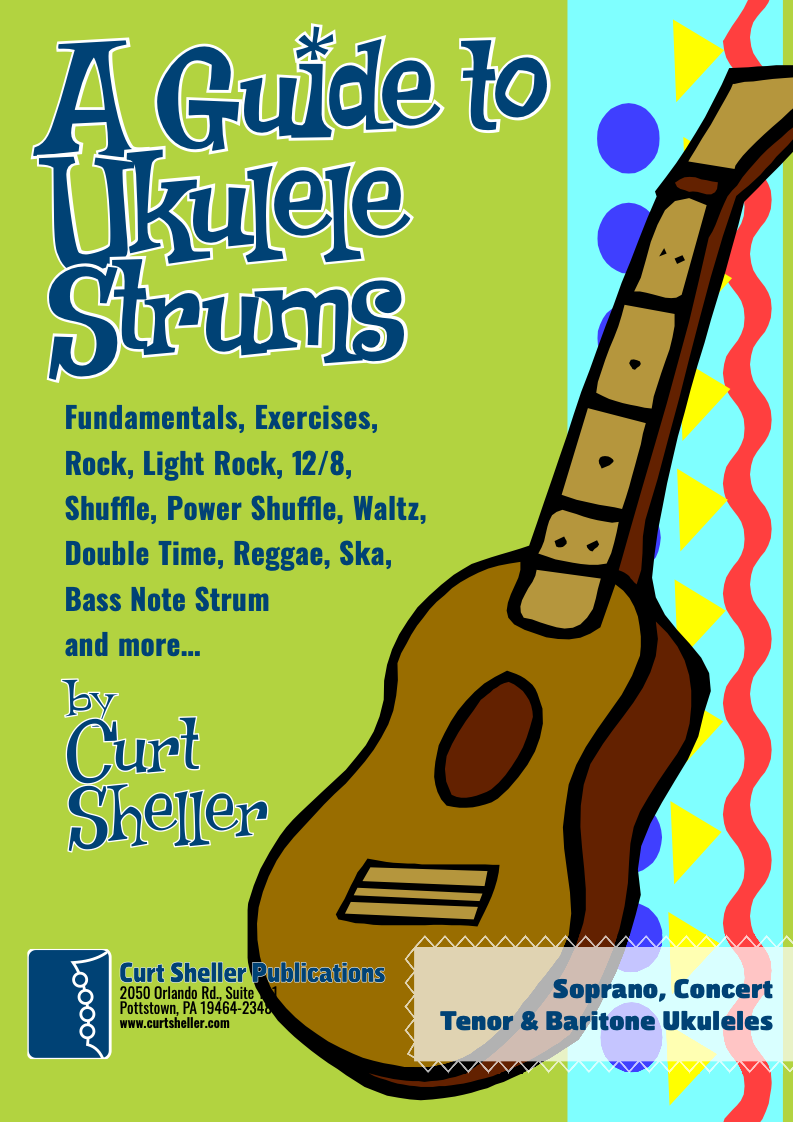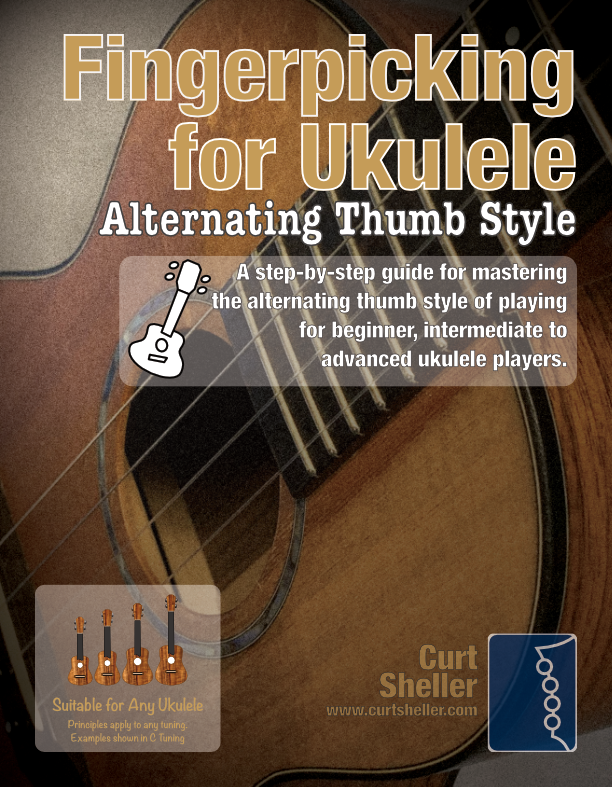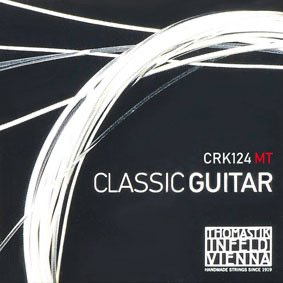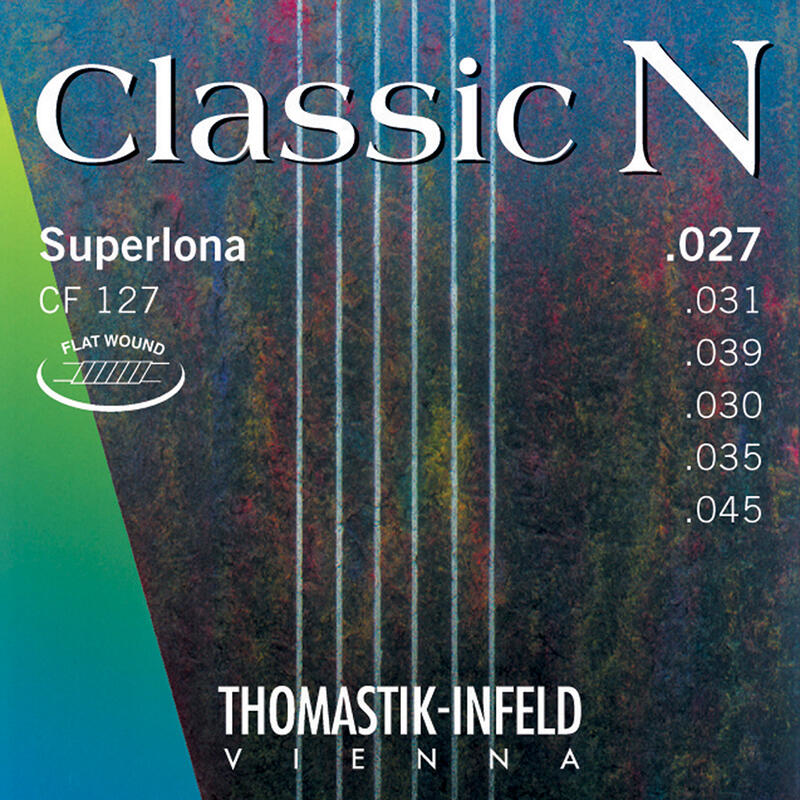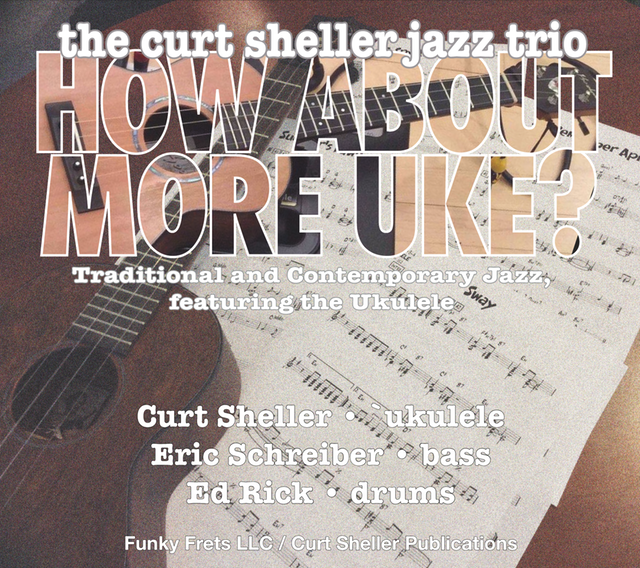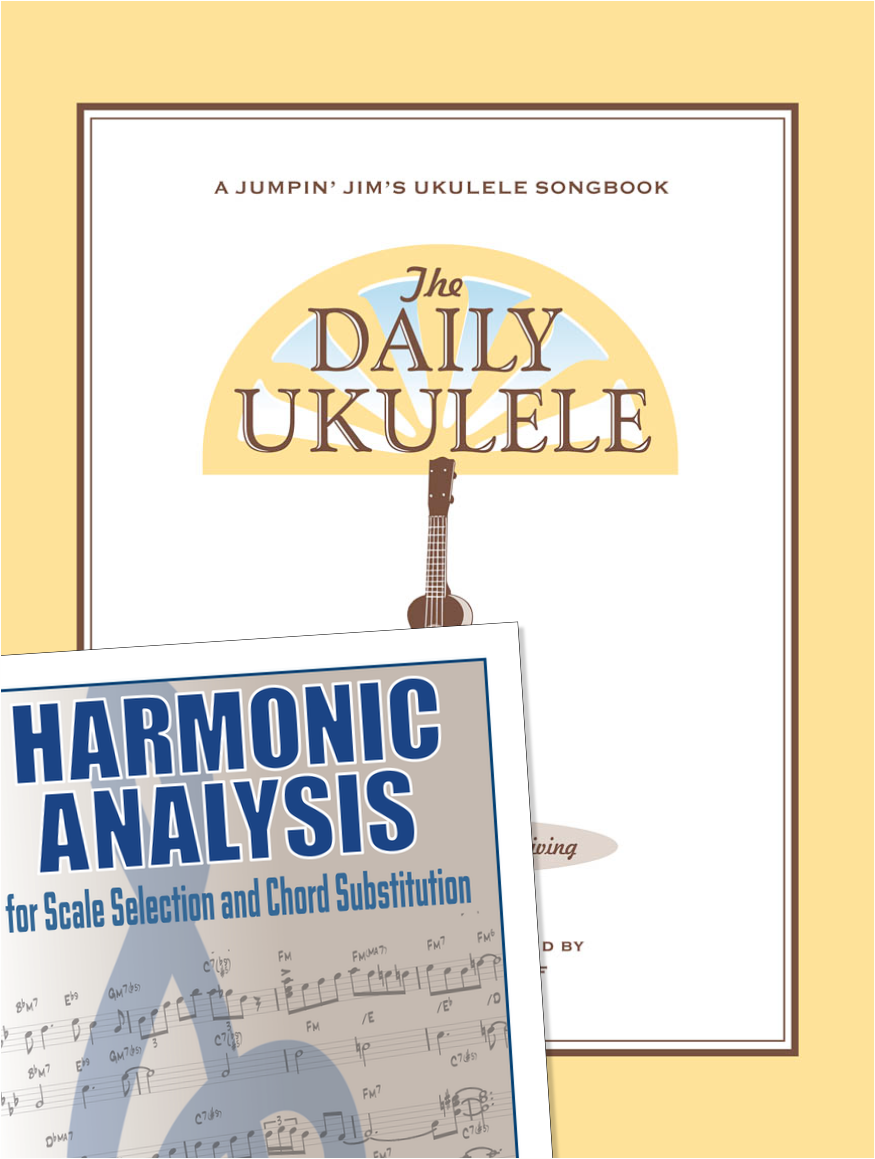Share Working Song
on:
Bluesky
•
facebook
•
twitter (X)
Working Song
Harmonic Analysis (RMA) Worksheet for: TEMPLATE and Working Song used for local dev.
Working Song
Released: 1854
Working Song is an American parlor song written by Stephen Foster (wikiwand) . It was published in New York City by Firth, Pond & Co. in 1854 as Foster's Melodies No. 28. Well-known and popular in its day, both in the United States and Europe, the song asks the fortunate to consider the plight of the less fortunate and includes one of Foster's favorite images: "a pale drooping maiden". (wikiwand)
The first audio recording was a wax cylinder by the Edison Manufacturing Company (Edison Gold Moulded 9120) in 1905. It has been recorded and performed numerous times since. The song is Roud Folk Song Index #2659. (wikiwand)

Working Song is in the The Daily Ukulele
— 365 Songs for Better Living book.
Strum a different song every day with easy arrangements of 365 of your favorite songs in one big songbook! The Daily Ukulele features ukulele arrangements with melody, lyrics and uke chord grids and are in ukulele-friendly keys that are particularly suited for groups of one to one hundred to play and sing.
Chords
Theses and many other chords are covered in the Learn A Chord A Day series of lessons.
C Tuning Chords



Starting Melody Note and 1st Interval
INTERVALS: Root=note that begins a scale of the starting key; C is C, D is D, Am is a, Em is E, etc... m=minor; M=Major; P=Perfect; D=Diminished; A=Augmented. • ↑ is up/ascending; ↓ is down/descending;
Harmonic Analysis (HA)
A Harmonic Analysis (RMA/HA) and its worksheet are intended to show the function of the chords, the harmonic principles used, the keys and tonalities the song explores. And, can be used for scale selections and chord and scale substitutions.
A Harmonic Analysis Worksheet is NOT intended to be a leadsheet
and minimal roadmap information such repeats, fines, D.S., D.C., codas have been used in preparing the worksheets to somewhat mirror the leadsheet in the Daily Ukulele book..
Sections, Verse, Chorus, 1st, 2nd Ending, turnbacks …
The worksheets will show 1st, 2nd Ending, turnbacks, etc. as in indicated the Yellow Book
. You should start to recognize that 1st endings typically always return to a previous or 

If turnbacks chord are not indication for the these 1st, 2nd Ending will indicate recommended chord(s) in parentheses or as an alternate harmony in Red . Typically the last measures or turnbacks will be a chord that resolves to and harmonically leads you to the next section or turning you back to the same section.
Reference Key
This is the key of the source leadsheet.
Working Song is in 4/4, Common Time and the Key of Eb .
Harmonic Principles Used:
Harmonic Analysis (HA) Worksheet
Visit the Harmonic Analysis for Scale and Chord Selection series of lessons for information on creating a Harmonic Analysis Worksheet
A worksheet is often, really not needed with such a simple Full Diatonic chord progression.
A Simple I , IV , V chord progression. The Tonic , Subdominant and Dominant , the Primary chords of the major key.
In a short amount of time you'll come recognize these simple chord progressions, just by the chord grids listed at the top of the leadsheet (page). And, hearing where the chords are naturally changing.
Scale Choices
For a Full Diatonic chord progression the first choice scale is the Major scale in the key of the progression. A subset of the Major scale is the Major Pentatonic – the Major scale with no 4th or 6th scale degrees.
Nashville Number System (NNS)
Nashville Numbering System always uses four bars/measures per line, no bar lines, and default is each number of the number of beats per bar/measure based on the time signature. If multiple chords in same bar then they are underlined. It can be as simple as convert the Roman Numerals above to Arabic number.
Scale Selection
Once a Harmonic Analysis has been completed then scale selections can be made. These scale selections can be either vertical and horizontal choices. And, really only needed if you are going to take a solo or embellish the melody with added notes.
Scale Abbreviation Legend
Traditional Scales:
Maj: Major (Ionian),
Dim: Diminished,
WT: Whole Tone,
Har Min: Harmonic Minor,
Contemporary Scales:
Minor Pent: Minor Pentatonic,
Pent: Major Pentatonic,
Blues,
Scale/Mode Names:
Ion: Ionian (Major),
Dor: Dorian (Minor),
Phrygian: Phrygian,
Lyd: Lydian,
Mix: Mixolydian (Dominant),
Aeol: Aeolian (Natural Minor),
Loc: Locrian
Checkout LESSONSeries : Harmonic Analysis for Scale and Chord Selection or download the Harmonic Analysis for Scale and Chord Selection book. And the QuickStart Series of Scale and Arpeggio books.


Performance Notes
A worksheet is often, really not needed with such a simple Full Diatonic chord progression.
A Simple I , IV , V chord progression. The Tonic , Subdominant and Dominant , the Primary chords of the major key.
In a short amount of time you'll come recognize these simple chord progressions, just by the chord grids listed at the top of the leadsheet (page). And, hearing where the chords are naturally changing.
Scale Choices
For a Full Diatonic chord progression the first choice scale is the Major scale in the key of the progression. A subset of the Major scale is the Major Pentatonic – the Major scale with no 4th or 6th scale degrees.
Links & Resources
Sign-IN — it's FREE — to view, un-blur any additional content for this lesson.
End of Lesson - Thanks, Hope You Enjoyed It!
Related Lessons, Videos, Lesson Series, Songs, Books & Reference Charts, Resources & Assets, Workshops are below.
Related Lessons
Related Lessons for Working Song
.
Related Lesson Series
Related Lessons Series for Working Song
.
Harmonic Analysis for Scale and Chord Selection
Updated: 09 Jun 2023
Harmonic Analysis (HA), also known as the study of chord relationships, is the method used to identify the harmonic role of chords within a chord progression or song. A chord progression refers to a sequence of chords, with each chord having a root note and belonging to a specific chord type. The function of a chord within a particular scale's tonality is determined by its relationship to that scale.
Related Books & Charts
Related Books for Working Song
.

Harmonic Analysis for Scale Selection and Chord Substitution
Updated: 08 Jun 2024
Harmonic Analysis is the understanding of the functional sequence of chords. It is the process used to analyze the harmonic structure of a progression, song or composition. This analysis is then used to make scale selections for improvisation and chord substitution.

The Daily Ukulele
Updated: 16 Feb 2024
Strum a different song every day with easy arrangements of 365 of your favorite songs in one big songbook! The Daily Ukulele features ukulele arrangements with melody, lyrics and uke chord grids and are in ukulele-friendly keys that are particularly suited for groups of one to one hundred to play and sing.
A Selection of Books & Reference Charts that are recommended for creating a solid foundation with your chosen instrument and music in general.





Checkout the Books for additional Handy, Dandy Reference Charts.
Reference Charts



Key Signatures — Circle of Fourths and Fifths – ANSI A & A4 sizes
A handy reference chart of all 15 major and relative minor key signatures. US Letter 8.5 x 11 sized (ANSI-A), A4
Checkout the Books for additional Handy, Dandy Reference Charts.
